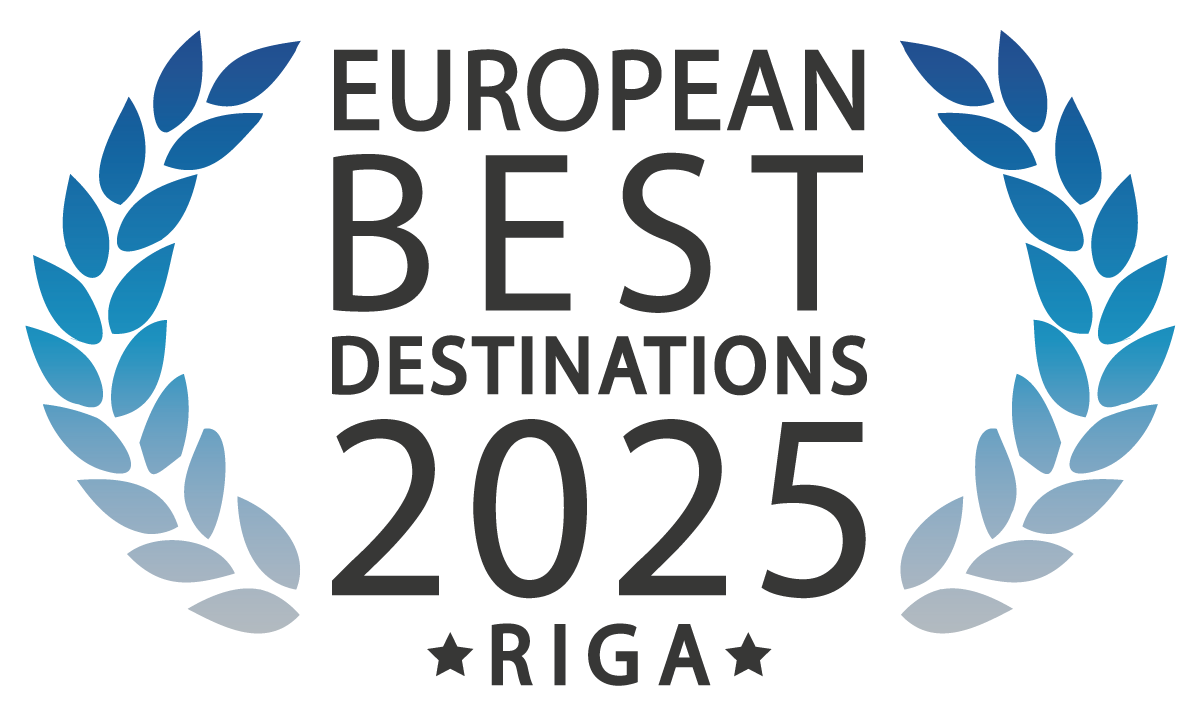Thematic and Speciality Museums
Museums dedicated to a wide range of themes reveal the fascinating diversity of Riga’s lesser-known stories and passions. From quirky private collections to institutions focused on art, science, fashion, or local history, these museums offer a fresh and often surprising perspective on the city’s cultural landscape. Whether you’re curious about vintage cars, world-class photography, or history of pharmacy, there’s always something unexpected to discover. Riga’s speciality museums invite you to explore some of the city’s most unique and captivating experiences.
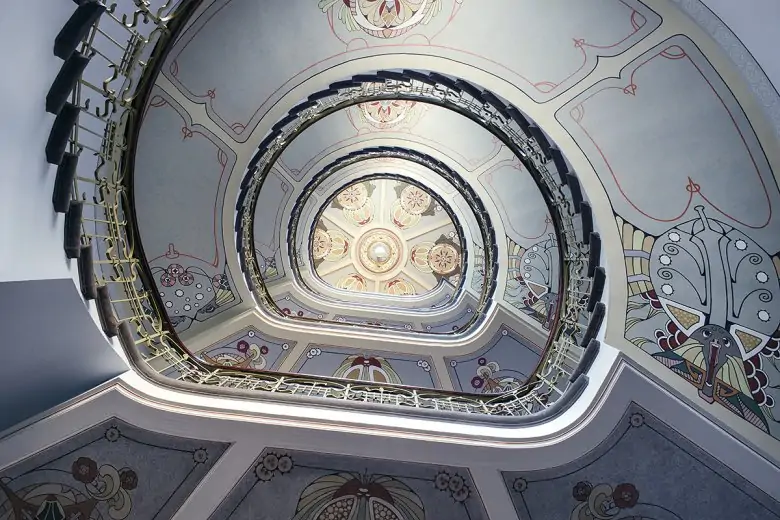
Riga Art Nouveau Centre
Riga is one of the few European cities where Art Nouveau architecture, art and design objects have survived in great numbers. It is even called "the metropolis of Art Nouveau". There are 800 Art Nouveau buildings in Riga, mostly located in the city's centre - particularly on Alberta Street. Riga Art Nouveau Centre can also be found on this street, in the former apartment of the renowned Latvian architect Konstantīns Pēkšēns, who lived and worked here till 1907 and designed this beautiful building.
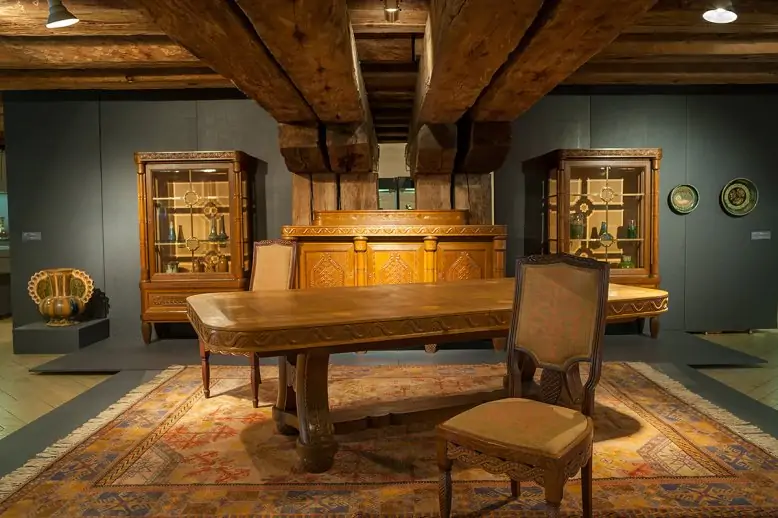
Museum of Decorative Arts and Design
The Museum of Decorative and Design Art is located in the former St. George’s Church building (1204), which is the oldest stone building in Riga. It features seven collections of decorative artworks and design. The Museum of Decorative Arts and Design has collections of unique textile articles, ceramics and porcelain, metal art and decorative wooden, leather and glass art, as well as design.
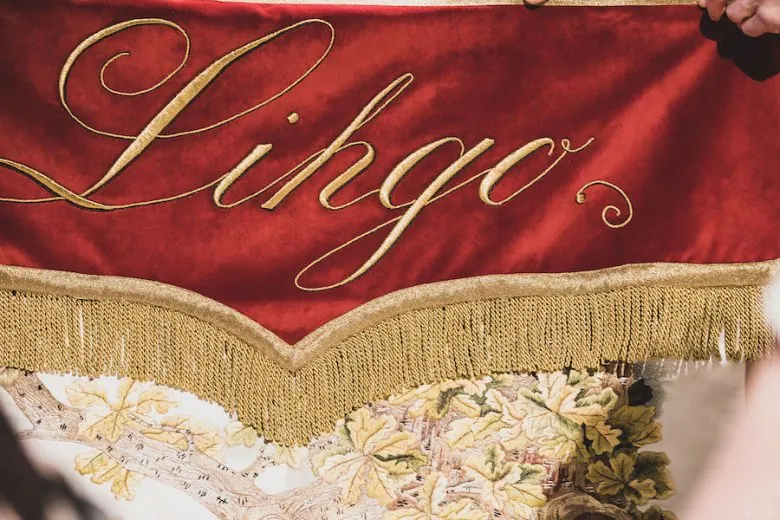
Song and Dance Celebration exhibition SongSpace
The Song and Dance Festival Room pays homage to the creation, development, and continuation of the Latvian tradition of Song and Dance Festivals. It offers an engaging look into one of Latvia’s most cherished cultural expressions, which has been recognized by UNESCO as part of the Intangible Cultural Heritage of Humanity. Visitors can explore archival footage, traditional costumes, musical instruments, and personal stories that bring the festival’s spirit to life. The exhibition captures the powerful role of music and dance in uniting generations and shaping national identity.
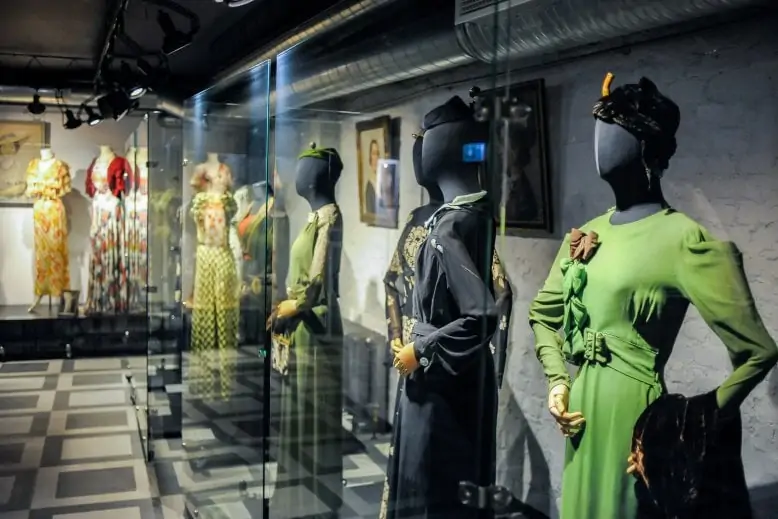
Fashion Museum
The Fashion Museum is the only speciality museum dedicated to fashion and fashion history in the Baltic States. Exhibitions often explore the connections between fashion, identity, and society, making it an engaging stop for both design enthusiasts and casual visitors. The museum also regularly hosts themed displays and events that bring historical and contemporary fashion to life.
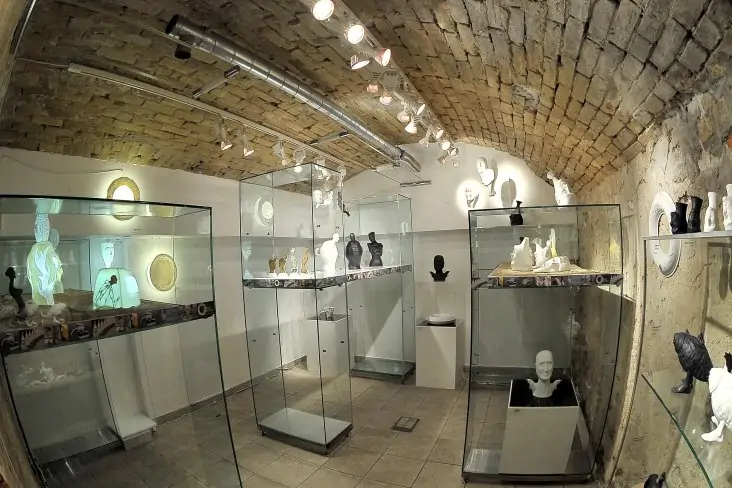
Riga Porcelain Museum
Porcelain - so sophisticated, luxurious and fragile, yet unimaginably different in the hands of inspired artists. The Riga Porcelain Museum unveils the exciting world of porcelain design development and manufacturing traditions from the middle of the 19th century until the 1990s and contemporary processes of porcelain art. The museum's collection consists of almost 8,000 objects.
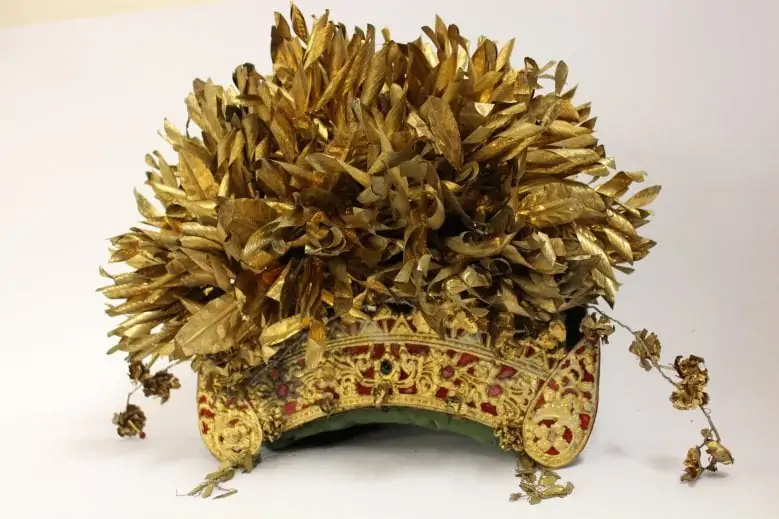
Ethnic headwear in the “The World of Hat” museum
The collection includes antique jewelled crowns and terrifying African helmet masks (all bewitched), 2-meter-high shaman hats and bonnets made of human hair, headbands of bark and gold-shining wedding headdress. This unusual and diverse array of headwear comes from cultures around the world, each piece telling a story about tradition, status, and ritual. The museum offers insight into the symbolic meaning of head coverings in different societies, from ceremonial use to everyday wear.
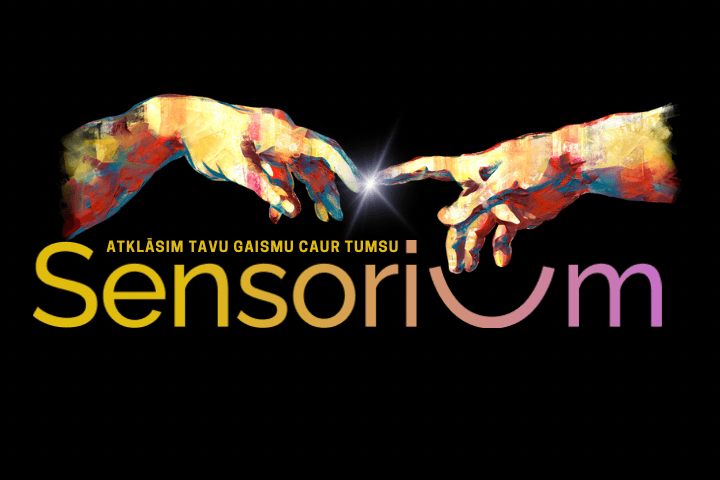
Sensorium
Discover the world from a new perspective by experiencing darkness! This immersive and interactive exhibition is designed to heighten your non-visual senses - touch, sound, smell, and spatial awareness – directed by blind guides. Sensorium is both thought-provoking and educational, offering a deeper understanding of how we perceive the world.

Pauls Stradiņš Medicine History Museum
A visit to the Pauls Stradiņš Museum of the History of Medicine is a journey into the history of medicine and the museum - the museum's expositions, descriptions of objects and the interior of the building reflect its various stages and allow the visitor learn about the history of medicine until the middle of the 20th century.
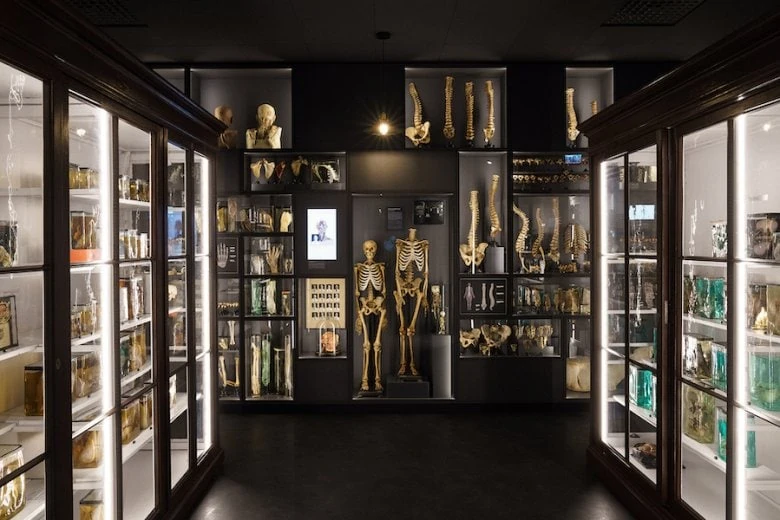
The RSU Anatomy Museum
Rīga Stradiņš University (RSU) Anatomy Museum is an unusual museum - a historical collection with a contemporary approach. It is the place to visit in order to learn about the diversity of human bodies. It is a place where you can see what usually only surgeons or anatomists see. The collection was created in the first half of the 20th century, but has been available to the public since 2020.
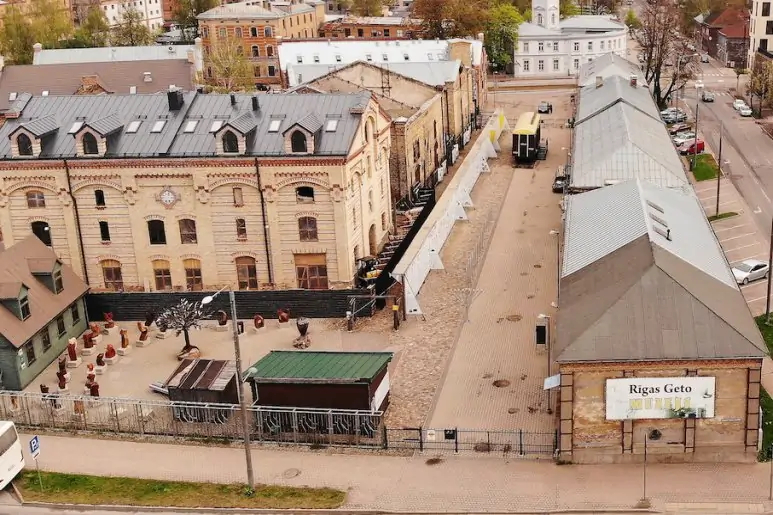
Museum of the Riga Ghetto and Holocaust in Latvia
The Riga Ghetto Museum opened its doors in 2010. It is located close to the border of the former Jewish Ghetto, in Latgales apkaime (Latgales suburb), a historical city quarter. Once inhabited by Russian merchants and Jews, the quarter has small wooden houses with aged but still elegant wooden carvings, paved winding streets and a unique aura. Many people come here nowadays to look for the places where their ancestors had once lived. The territory of the Riga Ghetto is unique, having barely changed in the last sixty years.

Latvian National Museum of Natural History
Come and see nature in the very heart of the city! The Latvian National Museum of Natural History is a genuine oasis of nature in the middle of civilisation - the centre of Riga. Its exhibitions cover a wide range of topics including geology, botany, and zoology. The museum also features interactive displays, educational programs, and a collection of Latvian flora and fauna, making it ideal for families, students, and nature enthusiasts.
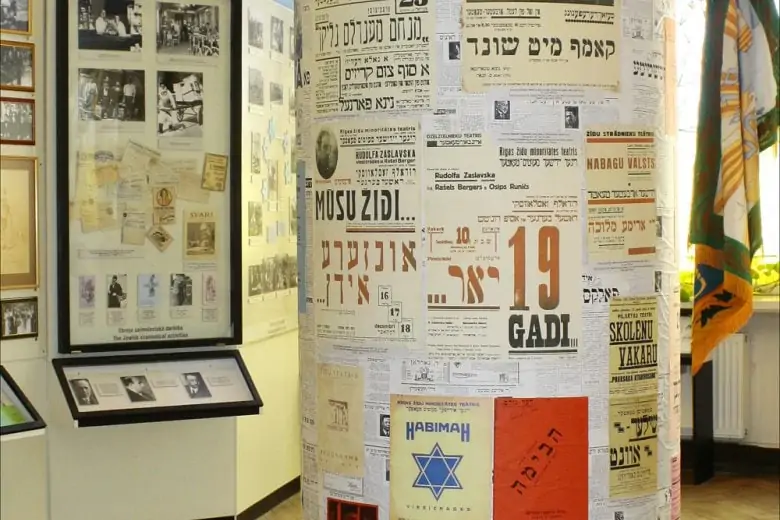
Jews In Latvia
Established in 1989 and housed in the historical building of the former Jewish theatre, the museum “Jews in Latvia” is dedicated to researching, promoting, and commemorating the history of Latvia's Jewish community. The exhibitions chronicle Jewish life from the 16th century through the Holocaust and into modern times. Artifacts, photographs, documents, and personal stories provide a powerful insight into the resilience of the local Jewish population and its contributions to Latvia’s cultural and historical development.
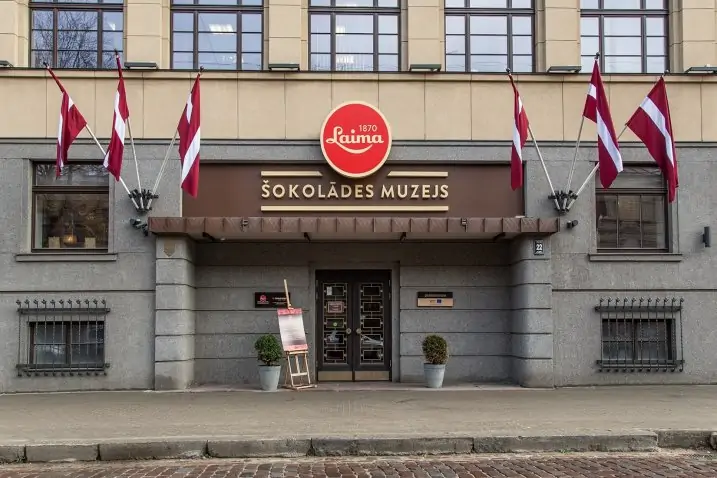
Laima Chocolate Museum
Chocolate making has always been wound in mystery. It is a difficult task finding someone who does not like chocolate. It is no surprise that people crave the opportunity to taste the best of Laima chocolates and to catch a glimpse behind the scenes of the wondrous chocolate making process.
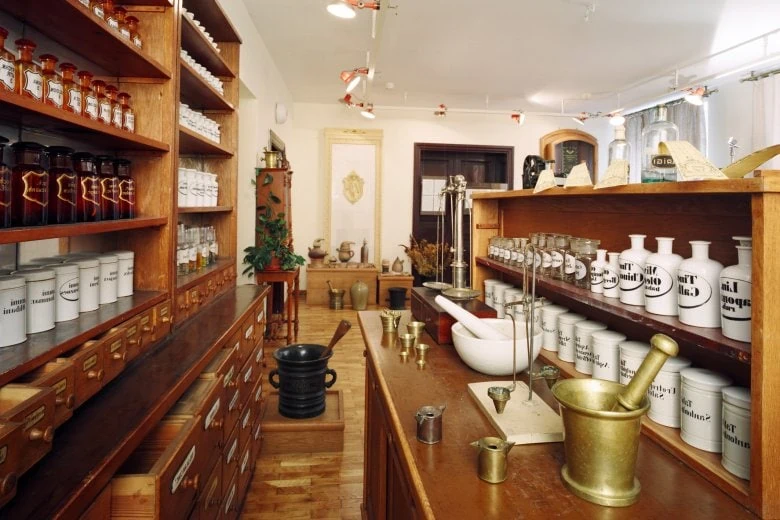
Pharmacy Museum
There are many pharmacy museums in the world, and Riga also has one, opened in 1986. The Pharmacy Museum occupies three small and romantic 18th century houses in the very heart of Riga's Old Town. The museum has a cozy backyard with a small garden of healing herbs - after all, every pharmacy used to grow herbal ingredients for its needs in the past.
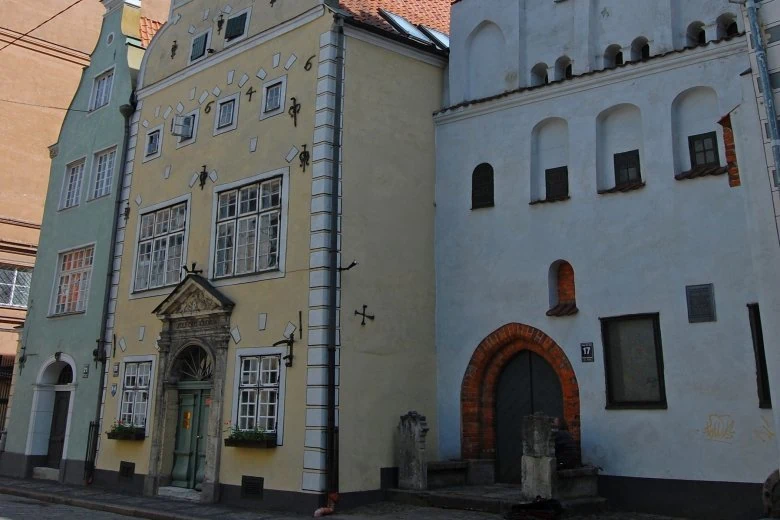
Latvian Museum of Architecture
The museum's collections include a bibliographical list of Latvian architects, and a collection of the most outstanding masters' works. The museum introduces its visitors to the development of architecture and its role in culture.
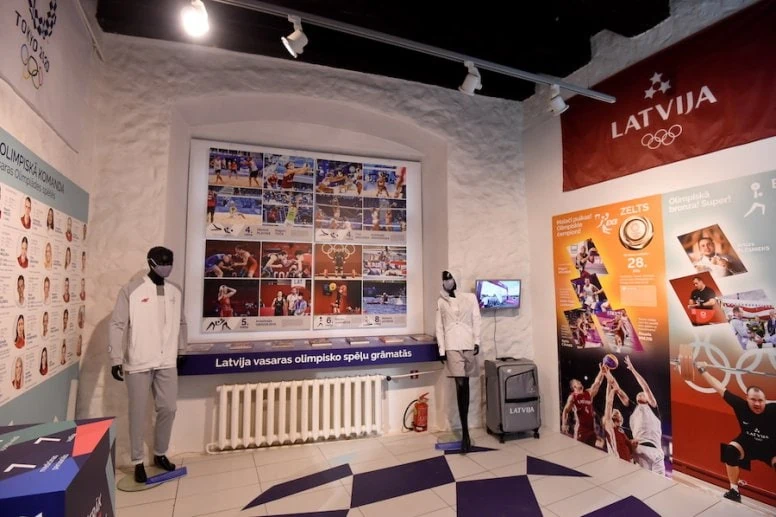
Latvian Sports Museum
Historic sports equipment and sportswear, photographs from a variety of sporting events - the Latvian Sports Museum offers extensive information on the greatest personalities in Latvian sports and the history of sports in Latvia, spanning several centuries. The museum showcases achievements in various sports, ranging from team sports like basketball and hockey to individual disciplines, like athletics and cycling. Visitors can explore the evolution of sports culture, Olympic highlights, and the role of sports during different political eras.
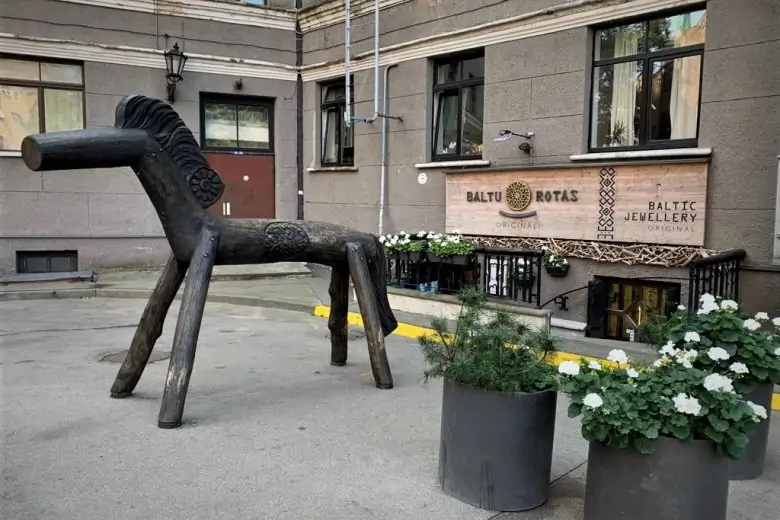
Museum of Ancient Baltic Jewellery
How did Rigans adorn themselves 800 years ago and earlier? What can jewellery tell one about the time before the city of Riga? Who made the beaded Liv necklace, the Latgalian brooch? Was the maiden wearing the ornate Gotlandian necklace brought here by a Curonian Viking? What kind of events did these ancient Finnish, Prussian and Russian ornaments experience? The museum will not provide direct answers to these questions, allowing everyone to feel and imagine this distant past.
